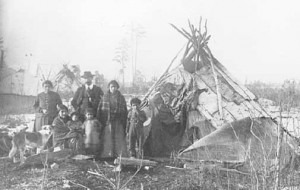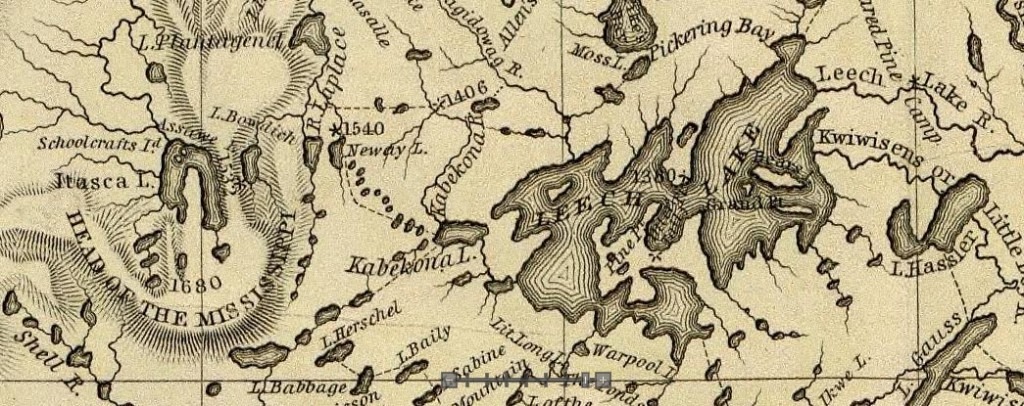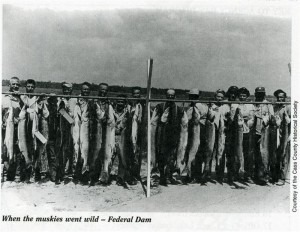About Leech Lake
September 21, 2017
Leech Lake is the third largest lake within the Minnesota’s border, coming in at about 112,00 acres and 230 miles of shoreline. The lake is geographically located in three glacial zones and has an irregular shape with very large bays and very small bays. The lake is surrounded by the Chippewa National Forest and most of the lake lies within the boundaries of the Leech Lake Indian Reservation. The deepest part of the lake is near Walker Bay where the depths can reach around 200 feet! Much of the lake is pretty shallow and has thousands of acres of wild rice. The lake is most popular for its Walleye and Muskie fishing but also is known for its Largemouth Bass, Northerns, Crappies and Sunfish.
History

- The Leech Lake area was initially settled by the Sioux Indians, who eventually were driven out of the territory by the Ojibwe in the 1700’s.
- In the last 1700’s the first European French fur traders came to the area.
- In 1785 the Northwest Company established two trading posts and started an influx of settlers to the area in the 1800’s.
- In 1882 the Army Corps of Engineers built the Federal Dam on the Leech River. The Dam was initially built to control the river flow, but eventually, it started to raise the water level of the lake, which made it easier to navigate into Walker Bay. This was good for floating logs to the railroad in Walker.
- In 1896 the town of Walker was founded after the railroad came to Leech Lake from Brainerd. From 1896 to 1925 Walker supported a booming logging industry, which gave the town revenue, so hotels, camping facilities, and public launching became available.
- In 1898 the Battle of Sugar Point happened between the U.S Federal troops and the resident Ojibwe Indians. This was the last true Indian battle that happened in the United States. Since the Indians won the battle, it began a chain of events that eventually led the government to control the national forest land and the creation of the Chippewa National Forest.
- In the early 1900’s Walker started to see an increase in tourism, which is when resorts and cabins started to pop up all around the lake and Leech Lake became what it is today.
Any way you look at it, Leech Lake has a rich history and a lot to offer. The old centuries have followed by a new century full of lodges, hotels, resorts, campgrounds, excursion boats, roads, canals, churches, shopping and so much more. If you are interested in learning more about the deep history of Leech Lake, check out our local museums and monuments.



